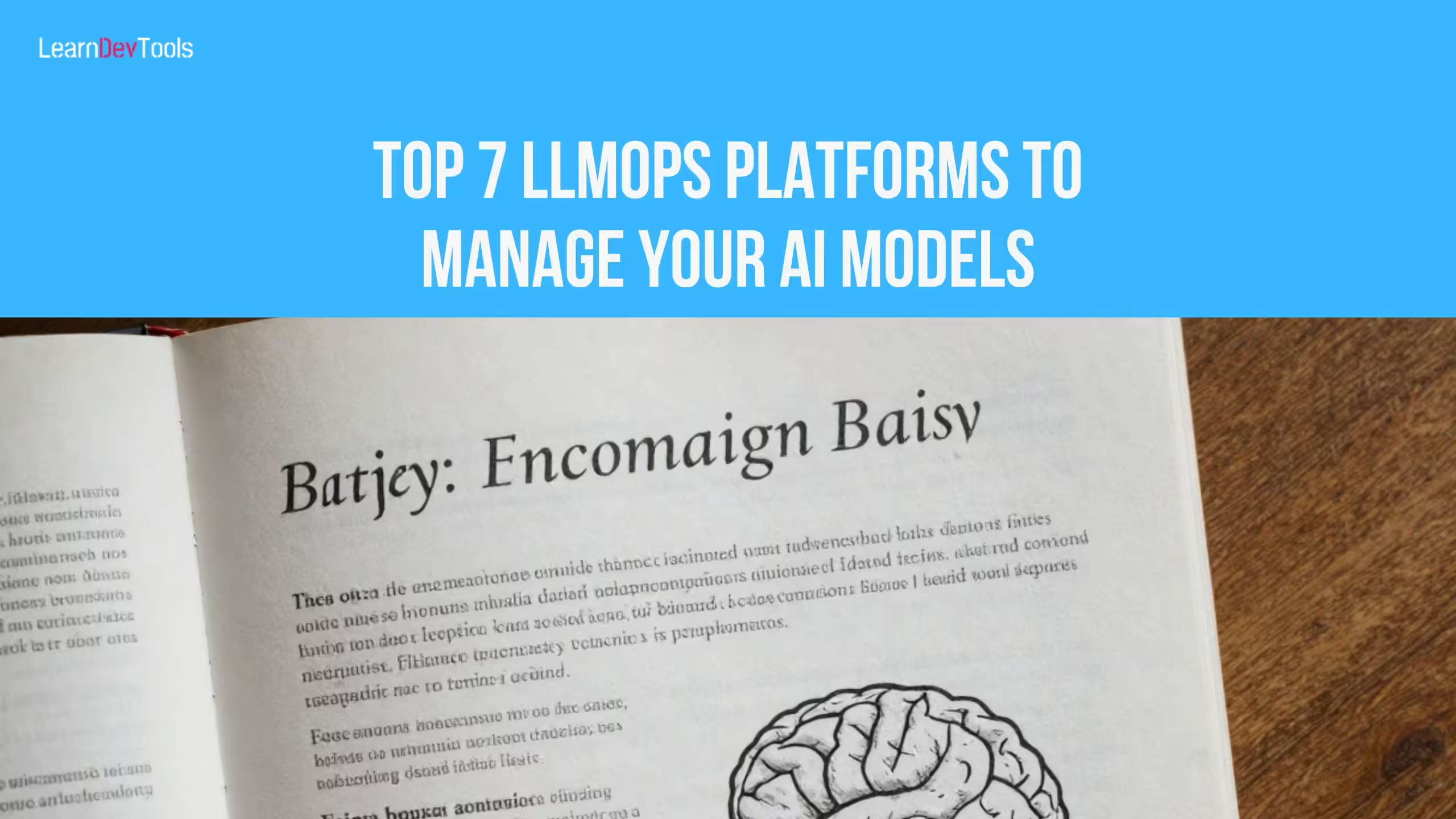A user journey map enables you to see how a user interacts with your product. In this guide, you will learn more about a user journey map, the essential elements of a user journey map, how to create one and some best practices
Independently of what you are working on, the best way to satisfy your users and improve your business is by understanding your users and this can happen through empathy. As a good project manager or founder, you should be able to put yourself in your customers’ shoes and visualize the thoughts, emotions, and experiences they would have when utilizing one of your goods or services.
What is a User Journey Map?
A user journey map is a customer’s representation of how the customer interacts with your product. The interaction could be with one specific product or your whole brand. It is the ultimate tool to help you understand the pain points and needs of your customers to optimize and improve their experience. Many project managers interchangeably use the user journey and buyer’s journey. You should note that the buyer’s journey covers the path from customer awareness to becoming a product or service user. Whereas the user journey is the series of interactions between a customer and your product as they become aware of their needs and make a purchase.
Why is a User Journey Map Important?
Creating a user journey map will help you to:
- Create a deep relationship with the user and foster empathy: The best way to experience a product from a user’s perspective as a founder is by stepping into the user’s shoes and feeling their emotions
- Uncover blind spots and opportunities: A User journey does not only help to make their pain points but equally helps to discover new opportunities you may have missed. While working through the user’s shoe, you may discover that “Ooh A feature [Z] will be a good fit here!”
- Expose User Needs and Pain Points Experience: Looking at the product from the user’s point of view, you are sure to be aware of their worries and blocus and this insight will help you improve your product accordingly.
- Create a New Target Customer Database: Understanding your user journey properly well will foster a way to build a new database of users and target a specific type of user rather than wasting time and money to target a broad audience.
What are Some Types of Journey Maps?
There are four types of user journey maps:
- Current-state user journey maps
- Future-state user journey maps
- Day in the life
- Service Blueprint
Current-state user journey maps
Current state journey maps show the actions, thoughts, and emotions of your clients as they engage with your company right away. These maps work best for gradually improving your customer experience because they show the current pain points between you and your clients.
Future-state user journey maps
These journey maps show the actions, thoughts, and emotions of your clients when they engage with your company in the future. They work best when you want to convey your ideas about how new experiences, services, and goods will work.
Day in the life
These user journey maps also show how people behave, think, and feel in the modern world. However, they adopt a broader perspective, looking at all that clients or potential clients do, whether or not it is related to your business. These maps are ideal for fostering creativity by addressing unmet requirements since they draw attention to people’s current pain points.
Service Blueprint
This user journey map provides more information than just a simple graphic depiction of a user’s interactions with the service. The blueprint offers a more thorough understanding of the service delivery mechanism by outlining all touchpoints and the visible and invisible actions at each stage. It usually starts with a simplified version of either an existing or future state journey map
When Should You Create a User Journey Map?
Maps depicting user journeys can be helpful at many phases of the product design cycle.
You may want to examine, optimize, or entirely rethink an already-developed product. To visualize how your users now interact with the product, you can create user journey maps. This will help you identify pain areas and inform the future iteration of the product. Besides these, these are other cases you should consider creating a user journey maps:
- When Redesigning or Updating a Product
- During Strategy Planning
- To improve customer satisfaction
- Improve Cross-Functional Alignment
- When Updating or redesigning a product
Read also: Productivity Tool Hacks
What is a User Journey Map Made Up of?
As you start creating user journey maps, you’ll probably discover ways to adapt them to your own business, and brand. If you search for Online searches for “user maps” yield a variety of imaginative examples. But if you look more closely, you’ll see that a lot of these maps share a few characteristics which are:
- Persona:
- Scenario
- Stages of the journey
- User Expectation
- Touchpoints
- Thoughts
- Pain points
- Emotions
- Opportunities
- Actions
How to Create a User Journey Map in 6 Steps
This is how you should create a user journey map in 7 steps:
- Choose a template or build your own
- Identify the Scope
- Define User Persona
- List the Key Stages, Actions and Touch Points
- Identify the User’s Thoughts and emotions
- Identify Opportunities
- Analyse Your Results
- Update Your Map and Iterate
Choose a template or build your own
The simplest way to create a user journey is to use a template and further customize it to meet your needs. There are user journey map templates available on Figma and Canva that you can easily customize.
Identify the Scope
Setting goals is the first step in creating a useful user journey map. Are you charting a new target user’s path through the whole buying process? Or are you looking for a more straightforward way to do an app transaction like sending money, for example? Make sure to clearly outline your goal as it can help you gain more relevant information later for your map.
Define User Persona
Every user journey map you make should depict a particular user journey from the viewpoint of a certain user persona. Decide which UX persona and what scenario they are in to include in your journey map. Stated differently, what objective or mission are they attempting to accomplish?
List the Key Stages, Actions and Touch Points
Once you have defined your goals, It’s time to elaborate on the user journey in detail. Firstly, think about the user situation you are describing and how you can break it down into high-level stages.
Determine the activities and touchpoints the user interacts with throughout each phase.
Let’s take for example the scenario of signing up for a real estate app. You can divide the process into 5 key stages:
- Awareness,
- Consideration,
- Decision,
- Service, and
- Retention
In the awareness phase, you can define a user’s actions as: “Heard about the real-estate app for business partners, Check the Facebook adverts, Look at reviews and blog posts”.
Identify the User’s Thoughts and emotions
Put yourself in your user’s shoes even further and try to visualize what they would be thinking and experiencing at every turn, along with any pain spots that might be getting in the way.
Still with our real-estate app, the user’s thoughts during the awareness phase could be: “I have never used a real-estate app before, maybe I give this app a try”
They can be experiencing mixed emotions if they are new to using a real-estate app. The user could search for reviews and blog posts but find little that is reliable or helpful. This could be included in the “pain points” section of your user journey map.
Identify Opportunities
It’s time to turn the problems that your users are having into opportunities. In the real-estate app example, we discovered that the user was interested in finding out more details about the app before registering, but they were unable to locate any helpful internet articles or reviews.
How might you make the most of this as an opportunity? On the company blog, you may begin to highlight more success stories involving real-estate apps.
Present your opportunities as points of action and specify who will be in charge of carrying them out or step in yourself.
Analyze Your Results
The customer journey mapping exercise is purely theoretical until you implement it or use test subject matters. This will enable you to directly observe any points at which your customers’ journey may be derailment or obstruction. Track each persona’s journey by looking up information online, reading their emails, and participating in social media activities. Putting yourself in the user’s shoes is by far the best way to obtain good results and analyze.
Update Your Map and Iterate
Gather frank opinions about what works well and poorly using surveys, website analytics, and user testing. You may ask users, using the real-estate app example, if they would be interested in becoming subscribers to premium how-to video content. Use user feedback to improve your map and make sure it meets the needs of your users and future users.
User Journey Maps Best Practices
It is imperative to prioritise the user’s needs and perspective during the entire process of creating a user journey map. To guarantee that the map is both functional and user-centric, keep the following points in mind:
- Set a Goal for the map
- Create customer surveys
- Ask customer services or support questions they receive frequently
- Identify and detail any touchpoints
- Review and update each journey map
- Test the journey map with cross-functional teams and shareholders
- Make the journey map visually clear and accessible
- Make the process iterative to gain more insights
Once you have understood the whole process, you can quickly and easily create your user journey maps using this step-by-step guide. These maps can serve as inspiration and guidance for your product design process.






